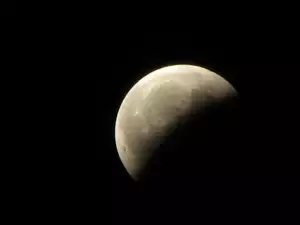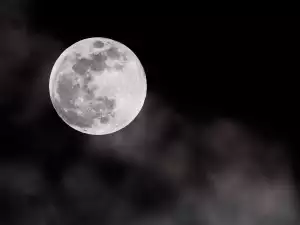Samples brought from the Apollo missions contain evidence that the Moon formed after a planet the size of Mars collided with Earth about 4.5 billion years ago, announced the world news agencies.
Thanks to a new research method, German scientists managed to discover small chemical differences between Earth and Moon rocks.
But the experts calculate that more analyses are needed to prove that material from another object besides Earth played a role in the formation of the Moon.
According to scientists, the Moon formed from a cloud of debris in space, which appeared after Theia - a planet the size of Mars, collided with our planet.

The chemical composition of the planets is not completely identical and researchers believed that the Moon samples could have contained specific chemical footprints from the cosmic body which impacted with Earth. So far, such proof was lacking.
Scientists from the University of Cologne are working on a method which ensures the separation of oxygen isotopes from the remains of other gases.
The differences are exceptionally small but do exist nonetheless. They reveal that the Moon is composed of 50% Earth and 50% of some other cosmic object.
The scientists have studied the samples brought by Apollo 11, Apollo 12, Apollo 16 from 1969 and 1972. They are also the first experts to have found differences in the oxygen isotopes.
The other experts work with titanium, silicon, chromium, tungsten, but have not thus far noticed any significant differences between the Earth and Moon samples.









